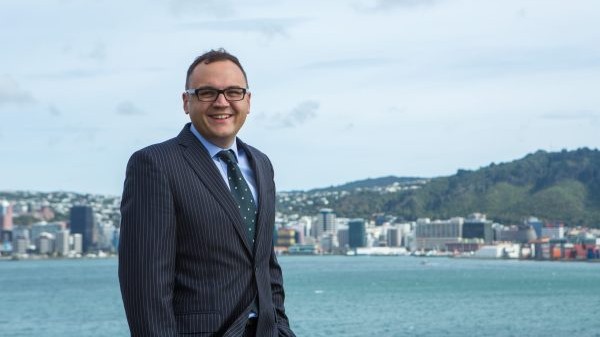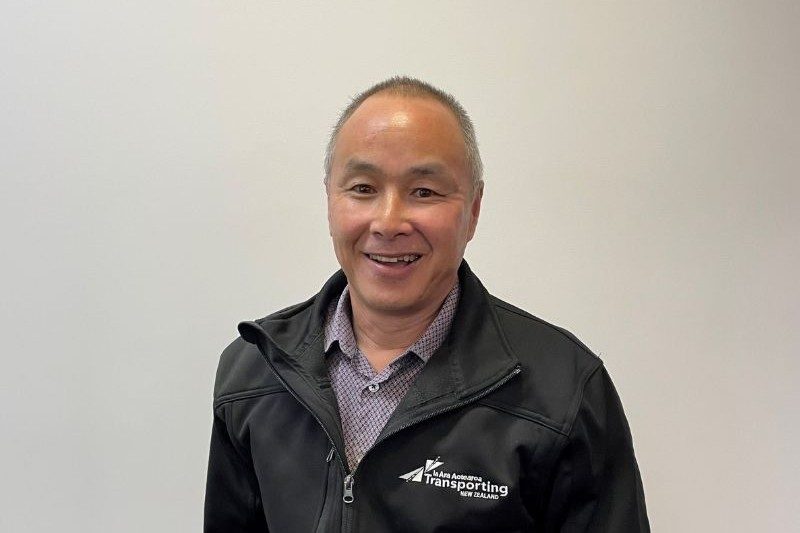Changing the perception of our industry

For far too long, trucking businesses have suffered in the labour market from a widespread outdated and negative perception of the road transport industry.
Ia Ara Aotearoa Transporting New Zealand and the Road to success traineeship scheme are trying to change this by presenting the modern, professional face of road transport and promoting the growing diversity in the industry.
Typically, trucking has been a bastion of males but this is changing, and to further attract and recruit talent, we are endeavouring to do more to acknowledge it.
Earlier this year and in partnership with Teletrac Navman and with support from the Australian Trucking Association, we launched the Driving Change Diversity Programme. I am pleased to announce that the first tranche of diversity champions has been appointed under the scheme – professional drivers, company managers and business owners who have already engaged in a workshop to build the skills to promote diversity within the transport industry and the wider community.

The 11 Driving Change diversity champions are:
• Brianna Wilson (class 5 driver, Philip Wareing Ltd)
• Sheana Martin (vehicle recovery operator, Parks Garage)
• Mickayla Kerr (CEO, Heagney Bros)
• Jodi McNamara (driver trainer, HW Richardson Group)
• Chelly Balasbas (HR manager, Allied Concrete)
• Joshua Hart (class 5 driver, Hart Haulage)
• Marthe Lute (health and safety advisor, Alexander Group)
• Hayley Alexander (CEO, Alexander Group)
• Jacqueline Smith (managing director co-owner, Renwick Transport)
• Lisa Gibson (customer operation and HSSE lead, Z Transport)
The workshop, run by Kylie Flower from Wisdom Learning, focused on what motivates us to work for change, understanding different people’s perspectives, what we can realistically change and how.
The diversity champions also received a presentation from senior constable Bryan Ward of the Police Diversity and Inclusion Team. He discussed the challenges of changing an industry culture, the small steps that led to a big change within the police and how our industry can learn from that.
Making our industry appropriately diverse will take a lot of mahi by a lot of people, but I am encouraged by the enthusiasm of our first group of diversity champions and I look forward to the impact they will have in their everyday roles.
Why do we continue to waste funding on transport projects that don’t make sense?
News that the government is to spend more than $100 million on the railway wagon maintenance and assembly facility at Hillside Workshops in Dunedin, despite an extremely poor benefit-cost ratio (BCR), is another example of funding going towards projects that are more about ideology than practicality.
A recent report leaked to the media has shown the BCR for the redesigned Hillside project is only 0.2. To put this into context, a BCR of 1.0 is basically the break-even point. Such a low BCR indicates that the project doesn’t make sense. At a time when we should be working to manage New Zealand out of a widely acknowledged transport infrastructure crisis, it becomes pretty difficult to defend.
Our two major cities are groaning under the strain of poorly funded and short-sighted metro transport planning. Our state highway network is in a historically poor state of repair. And forecasts are that thanks to various factors, the National Land Transport Fund may be nearly $1 billion short over the next three years.
The Hillside project does not stand alone in a long list of poorly thought-out transport projects that the government has prioritised over basic infrastructure investment.
Transport funding across the board has become incredibly stretched, particularly considering we have 11,000km of state highways and 94,000km of roads to maintain. However, decisions to throw good money after bad on projects that do not make sense and will not make our roads any safer is hard to fathom when we consider the impact that well-maintained roads have on road safety and the government’s often-stated commitment to Road to Zero. Which is why I think most New Zealanders see Road to Zero as having more to do with anti-road PR than a well-considered strategy to reduce road deaths.
If this government were serious about safety and improving the nation’s transport infrastructure, it would scrap pet projects like the Hillside redevelopment and invest that money back to where it is really needed – on the roads that millions of New Zealanders rely on every day.



